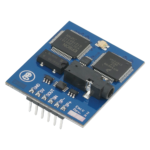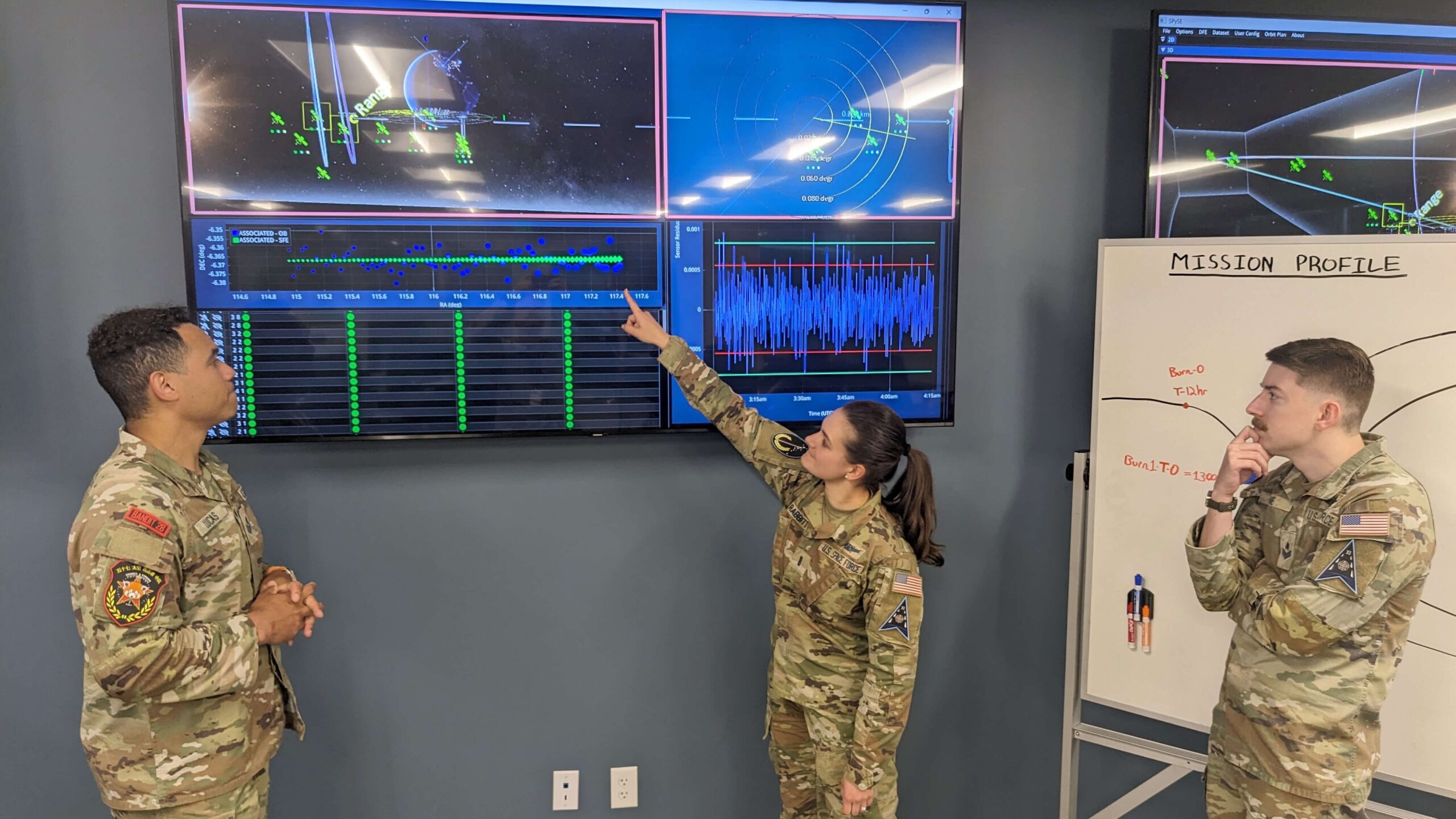Are you intrigued by the advancements in speech-to-text technology? Do you ever wonder if it’s the future of human communication? As someone who relies on this technology daily, I can confidently say that it has greatly improved my life. But what exactly is speech-to-text technology and how does it work? In this article, we will explore the ins and outs of this innovative technology that has been transforming the way we communicate. From its evolution to its potential impact on society, let’s delve into the world of speech-to-text technology and discover if it truly is the way forward for human conversation.
So, speech-to-text technology?
Speech-to-text technology has the potential to revolutionize the way we communicate in the future. This innovative technology uses artificial intelligence and natural language processing to convert spoken words into written text in real-time.
Not only does it offer convenience and efficiency for individuals who struggle with typing or have limited mobility, but it also has numerous applications in various industries such as healthcare, education, customer service, and more.
In addition to making communication easier for those with disabilities or limitations, speech-to-text technology can also bridge language barriers by instantly translating spoken words into different languages.
Furthermore, this technology is constantly evolving and improving its accuracy and speed. With advancements like voice recognition software becoming more widespread on smartphones and other devices, it’s clear that speech-to-text is here to stay.
Overall, while there may still be some challenges to overcome (such as dialects or accents), the potential of speech-to-text technology is vast and exciting. It has the power to make communication more accessible for all individuals regardless of their abilities or language barriers.
Understanding Speech-to-Text Technology: Its Functionality and Mechanisms
Speech-to-text technology is a fascinating blend of linguistics and engineering. At its core, this system captures spoken words and translates them into written text. It begins with a microphone picking up sound waves from our voices. These sound waves are then converted into digital signals that a computer can process. The magic happens when advanced algorithms analyze these signals using techniques like machine learning and natural language processing. This allows the software to recognize patterns in speech, understand different accents, and even adjust for background noise. Imagine how amazing it is that just by talking, we can create words on a screen!
The functionality extends beyond simple transcription; it opens doors to accessibility and convenience in daily life. For example, people with disabilities benefit significantly from this technology as it enables them to communicate more easily through typing generated text from their voice inputs. Moreover, industries like healthcare use speech-to-text tools for documentation purposes, allowing doctors to dictate notes without losing focus on patients. Some key benefits include:
- Increased efficiency: Saves time during note-taking.
- Enhanced accuracy: Reduces human error while writing.
- User-friendly interfaces: Makes technology accessible for everyone.
Overall, speech-to-text not only transforms language but also enriches communication in meaningful ways!
The Evolution of Speech-to-Text Technology: Changes Over Time and Key Developments
Speech-to-text technology has come a long way since its inception, transforming the way we communicate and interact with our devices. In the early days, systems relied heavily on simple algorithms that struggled to understand diverse accents and speech patterns. These initial attempts often required users to speak slowly and clearly, which was far from natural conversation. As time progressed, advancements in machine learning and artificial intelligence played a pivotal role in enhancing accuracy and efficiency. Modern systems now incorporate vast amounts of data to learn from different languages and dialects, allowing them to transcribe spoken words with impressive precision.
Key developments have further revolutionized this technology. For instance, the introduction of neural networks made it possible for machines to recognize context better than ever before. This shift meant fewer errors when dealing with homophones or complex sentences that could confuse earlier programs. Additionally, voice recognition tools are now not just standalone applications; they have seamlessly integrated into smartphones, computers, and smart home devices.
With features like real-time transcription during conversations or automatic punctuation insertion becoming commonplace, everyday tasks such as note-taking or captioning videos have become much easier.
As this technology continues evolving rapidly, who knows what fascinating capabilities lie ahead?

Read also: speech impairment assistive technology
Potential Impacts of Speech-to-Text Technology on Society: Benefits and Challenges
Speech-to-text technology is transforming how we communicate and interact with the world. Imagine talking to your device, and it instantly types out everything you say. This can be a huge help for people who struggle with typing or writing due to disabilities or other challenges. With such advancements, accessibility becomes more inclusive, allowing everyone to share their thoughts without barriers. By making information easier to access, this technology also empowers individuals in education and professional settings.
However, there are some significant challenges that come along with these benefits. Privacy concerns loom large as voice data may be recorded and analyzed by companies for improvement purposes or even for targeted advertising.
Furthermore, issues of accuracy can arise; if the speech recognition system misunderstands someone’s words because of accents or background noise, it could lead to miscommunication. Additionally, over-reliance on this technology might reduce our practice in traditional writing skills.
Hence, while speech-to-text offers exciting possibilities for enhancing communication across society, we must tread carefully—balancing innovation with privacy and ensuring accurate representation of diverse voices.
Exploring the Future of Communication with Speech-to-Text Technology: Assumptions and Predictions
The world of communication is rapidly evolving, and speech-to-text technology stands at the forefront of this transformation. Imagine a future where you can just speak your thoughts, and they instantly appear as text on the screen! This tech isn’t merely about turning words into written form; it’s reshaping how we interact with devices and each other. With advancements in artificial intelligence, machines are becoming better at understanding accents, dialects, and even emotional tones in our voices. This means that conversations could become more seamless than ever before. No longer would we need to spend time typing out messages or emails—just think aloud!
As we look ahead, several exciting predictions emerge regarding speech-to-text capabilities.
- Accessibility will soar for individuals who have difficulty using traditional input methods.
- Real-time translation could break down language barriers during global communications.
- The integration of voice commands may lead to a more hands-free experience across various platforms.
Moreover, imagine virtual assistants that not only respond but also engage in meaningful conversations! As society adapts to these technologies, our assumptions about communication might shift dramatically—prompting us to rethink everything from education to business practices. The future promises an era where expressing ourselves feels natural and effortless.
You may also like: speech recognition companies
Is Speech-To-Text Technology The True Path Forward For Human Conversation?
In recent years, speech-to-text technology has become a fascinating part of our everyday lives. Imagine speaking into your phone or computer and seeing your words magically transformed into text! This advancement not only makes communication easier but also opens up new doors for people with disabilities who may struggle with traditional typing methods. By capturing the essence of spoken language, this technology allows everyone to share ideas and stories more effortlessly. The accessibility it offers can bridge gaps in communication, creating a world where conversations flow smoothly without barriers.
However, while this innovation is promising, we must consider how it shapes our interactions. As we rely on machines to transcribe our thoughts, there is a risk that genuine human connection could fade away. Conversations are rich experiences filled with emotion and nuance that go beyond mere words; they involve body language and tone that technology might not fully capture just yet.
One important question arises: Will we lose the art of conversation if we let devices do all the talking? Balancing tools like speech-to-text with authentic engagement can help preserve meaningful exchanges while enjoying the convenience of modern technology—after all, true connection remains at the heart of human interaction.



